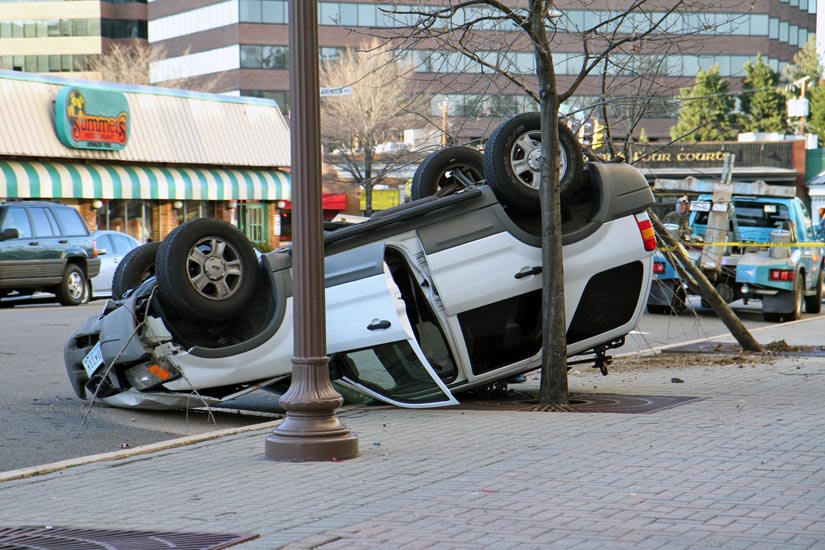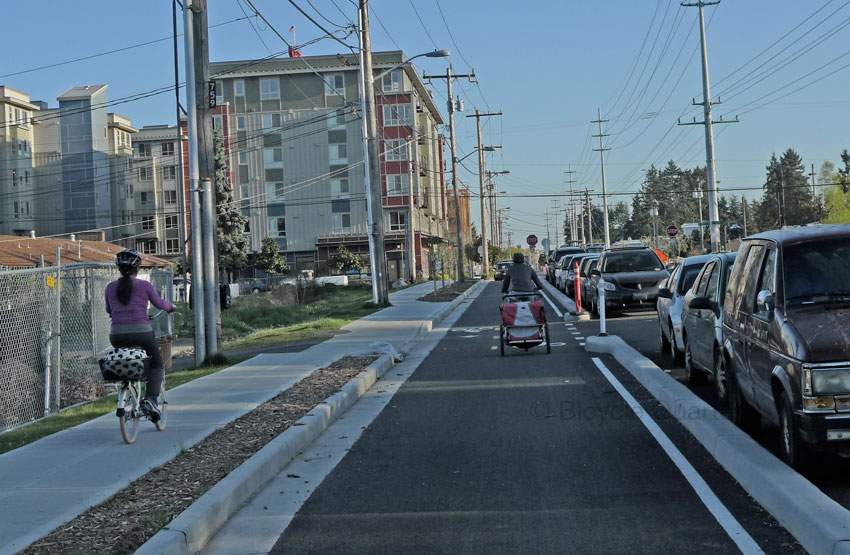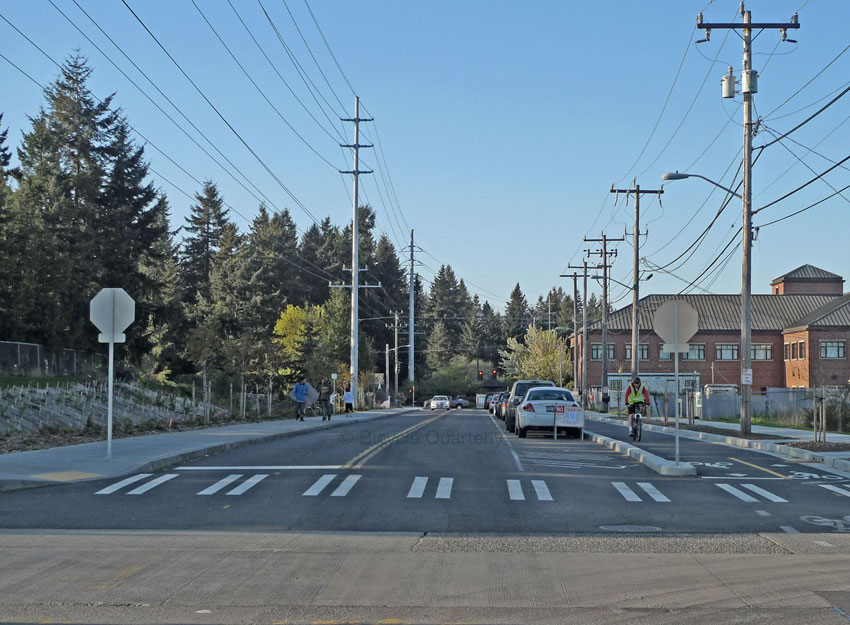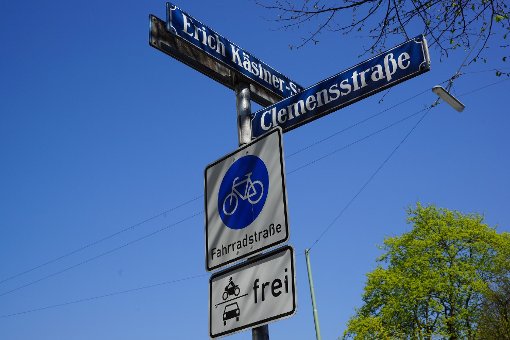Cyclepaths: Perceived Safety and Actual Safety

I’ll say it up front: I want to see more people ride bikes for transportation. However, I am also concerned when perceived safety turns out to be anything but… which is exactly what happens with the “protected” bike lanes that separate bikes from cars.
To illustrate my concern, let me talk about another issue where the perception of safety turned out to be a costly illusion.
In the 1990s, many people bought SUVs because they were perceived as safer. The SUVs were bigger, you sat higher up, and thus many drivers felt safer in them. This turned out to be a fallacy. The high center of gravity caused SUVs to flip over during sudden maneuvers. Their stiff frames also didn’t have crumple zones like modern passenger cars, endangering both the occupants of the SUV and those who were hit by the SUV. Cyclists and pedestrians fared much worse when crushed by the bluff front of an SUV than when they were lifted onto the hood of a modern passenger car. Thousands of people needlessly died in these accidents.
Fortunately, the safety of SUVs has improved with new technology: stability control systems have reduced the risk of rollovers, and the unibody construction of car-based “cross-overs” incorporates proper crumple zones. And traffic fatalities in the U.S. have declined as a result.

Cyclepaths provide a false security, similar to SUVs. On cyclepaths, cyclists feel safe because they are “protected” from cars – until they enter intersections without being visible to traffic.

Being overlooked by car drivers is the biggest risk cyclists face in urban traffic. Intersections are where most cycling accidents occur. Cyclepaths make cyclists more vulnerable right where they face the greatest danger.
Like SUVs, there is hope that the safety of cyclepaths also can be improved through good design – maybe. For now, we are building cyclepaths that are more dangerous than riding on the street. Even in Copenhagen, accidents increase when “protected” bicycle lanes are installed.

With bicycle facilities, we face a choice. We can follow the example of SUVs, and build cyclepaths. We’ll accept increases in accidents until we can make a flawed concept safer at great expense.
Or we can try to start out with a better design from the beginning, and create cycling facilities that are appealing to novices without creating a false sense of safety. Instead of separating cyclists from cars by visual barriers, at least in North American cities, we can designing a network of “Bicycle Boulevards” that provide cycling routes on streets where few cars drive.
Beyond that, why don’t we take some of the money we plan to spend on cyclepaths and invest it instead in education on how to ride safely. Make cycling safety a curriculum in schools, so that future generations aren’t afraid to ride on the road – because they know how!
In fact, the same approach might work with SUVs: Instead of suggesting that people buy bigger cars to feel safer in the “inevitable” accident, teach them how to drive safely and avoid most accidents in the first place.
Click here to read more posts about cycling safety, cyclepaths and bike lanes.


